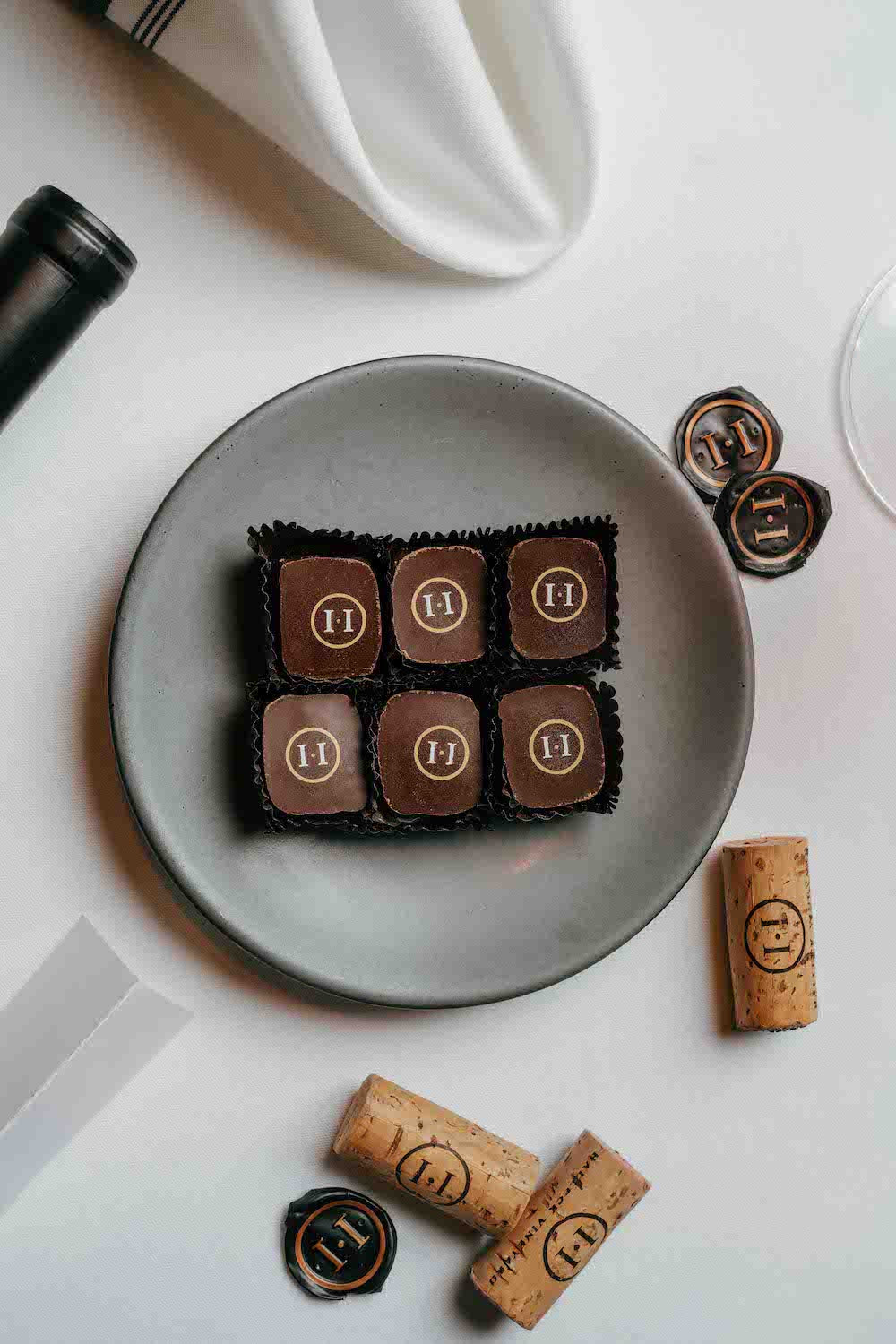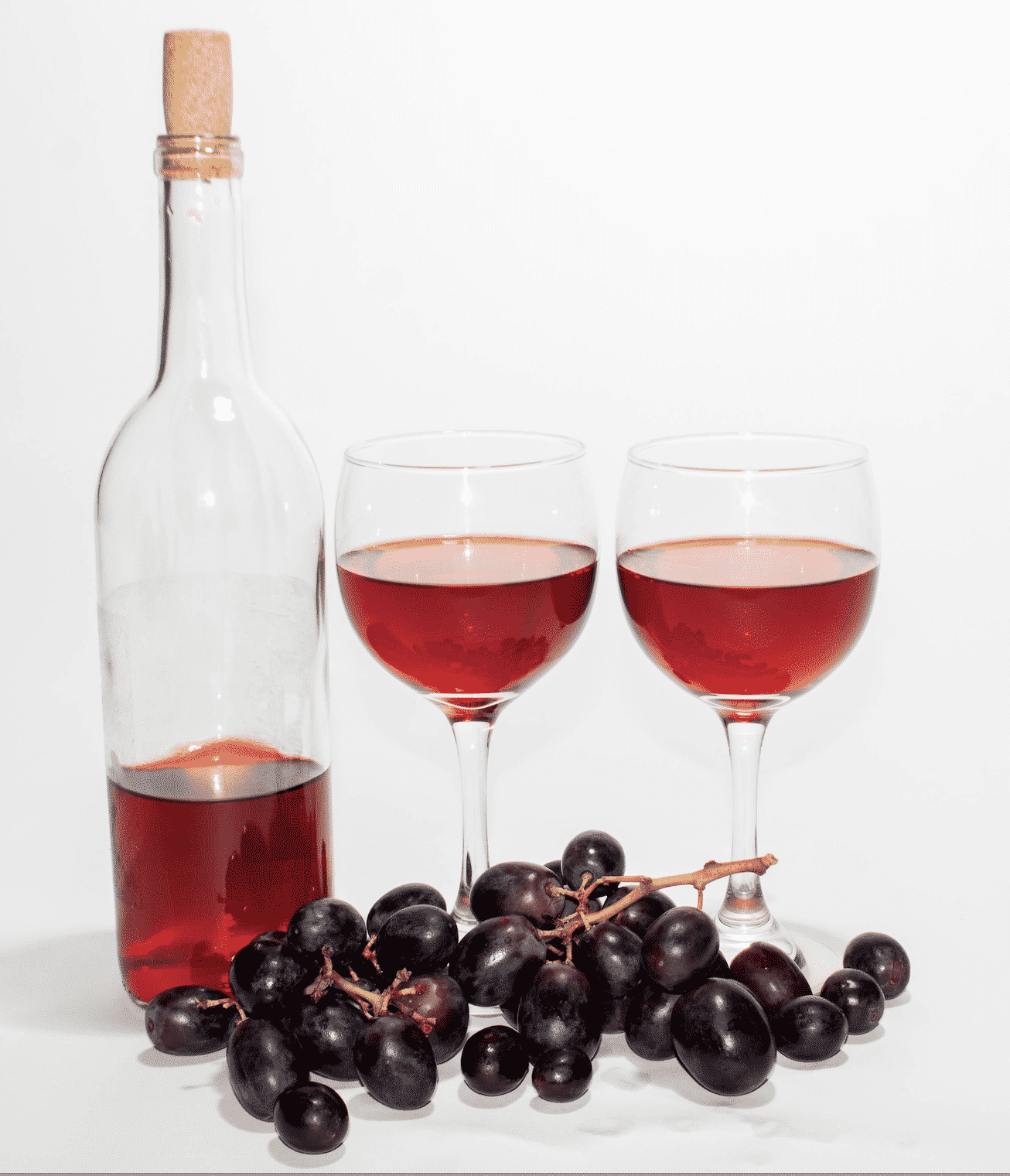Wineries Offering Virtual Wine Tastings - Best Vineyard In Sonoma
Wineries Offering Virtual Wine Tastings - Best Vineyard In Sonoma
Blog Article
Wineries Providing Guided Vineyard Walks - Top Sonoma Wine Tasting Destinations
Wine tasting is an art that requires practice and an understanding of varied features concerned within the process. One crucial element of wine tasting is the development and interpretation of tasting notes, which serve as a guide for both novices and seasoned connoisseurs. A Guide To Understanding Winery Wine Tasting Notes can enhance your wine-tasting experience, making it extra significant and enjoyable.

Tasting notes are concise descriptions that capture the essence of a wine’s flavors, aromas, and total character. Usually composed by professional tasters, winery tasting notes supply insights into the nuances of assorted wines. They can help wine enthusiasts understand what to expect from a specific bottle. Nonetheless, tasting notes can vary extensively in style and element based on the writer's experience and palate.
Interactive Wine Tasting Experiences In Sonoma - Winery In The Sonoma Wine Region
When you first approach a glass of wine, your senses will begin to interact right away. The sight, odor, and style of the wine will converge to provide you an entire experience. Tasting notes generally begin with the visible evaluation, where the colour of the wine is taken into account. Shade plays a major role in indicating the wine’s age, grape selection, and even its flavor profile.
After assessing the visual facet, the next step includes swirling the wine in the glass. This action aerates the wine, permitting its aromas to awaken. Smelling the wine offers important insight into its complexity. The preliminary sniff can deliver a flood of scents which will embody fruity, floral, herbal, or earthy notes. This is commonly the most subjective a part of tasting, as individual experiences can dramatically differ.
In winery tasting notes, descriptors are often categorized into major, secondary, and tertiary aromas. Primary aromas often stem from the grape variety, secondary aromas derive from fermentation processes, and tertiary aromas arise from getting older. Understanding these categories might help you recognize the depth of a wine, they usually additionally provide the vocabulary to express your experience higher.
Wineries Known For Handcrafted Wines - Sonoma Wine Region Vineyards
Following the olfactory encounter, your focus will shift to the style of the wine. This is where the first characteristics—sweetness, acidity, tannins, alcohol—come into play. Tasting notes typically detail these flavors in multiple dimensions, including the initial assault on your palate to the lingering end in your tongue. A high-quality wine will present a harmonious stability between these factors.
Whereas tasting, it is important to contemplate the physique of the wine, which can be described as light, medium, or full. The physique contributes significantly to your total impression, helping you contemplate how the wine pairs with food or whether or not it stands alone as a sipping wine. Balancing the body with the opposite characteristics provides you with a fuller understanding of what the wine has to offer.
The finish of the wine, additionally known as the aftertaste, is another important side typically included in tasting notes. A long, pleasant end usually signifies a higher high quality wine, while a brief or cloying aftertaste may recommend otherwise. Evaluating the end can offer further perception into the wine's complexity and distinction.
Understanding the context of winery tasting notes can also be priceless. Tasting notes can provide contextual details about the vineyard's location, local weather, and grape-growing practices. This context adds one other layer of appreciation for the wine, permitting enthusiasts to connect the sensory experience with its origins, thus enhancing the enjoyment additional.
Wineries Offering Educational Wine Seminars - Sonoma Wine Retreats
Many wineries provide tasting notes on their web sites or labels, typically written in an approachable yet informative style. However, not all winery tasting notes are created equal. Some may be overly technical, whereas others may prioritize marketing aptitude over insightful analysis. Learning to navigate these notes can arm you with the data to make knowledgeable choices see this page when selecting wines.
Taking Part in tastings at wineries also can deepen your understanding of wine tasting notes. Interacting with knowledgeable workers can provide you a more hands-on approach to exploring completely different wines and the language used to describe them. Remarkable Craft Wineries In Sebastopol. You'll have the chance to ask questions, have interaction in discussions, and probably refine your palate in real time.
Experimentation is crucial for mastering wine tasting notes. As you pattern totally different wines, try making your individual notes. Focus on describing the wine’s colour, aroma, taste, and end. Over time, you’ll develop a personal vocabulary that resonates with your sensory experiences. Every note you create will assist refine your palate, allowing you to appreciate wines at a deeper level.
Wineries With Breathtaking Gardens In Sonoma - Sebastopol's Vibrant Wine Scene
In conclusion, a Guide To Understanding Winery Wine Tasting Notes offers a complete framework for diving into the world of wines. It equips you with the methods and language essential to articulate your experiences. Whether Or Not you're a informal drinker or a devoted aficionado, understanding and using tasting notes can profoundly influence your wine journey. This information not only enhances your enjoyment but in addition connects you deeply with the rich narratives each bottle tells. By embracing this journey, you become part of the attractive mosaic of wine tradition, the place each sip unveils a new story waiting to be discovered.
- Wine tasting notes typically encompass a big selection of sensory descriptions, together with aroma, flavor, acidity, physique, and finish, allowing tasters to fully recognize the wine's traits.
- To improve your understanding, familiarize yourself with common wine terminology such as "tannins," "oakiness," or "terroir," which may help decipher the notes extra effectively.
- A systematic approach to tasting involves first visually assessing the wine's shade and readability, followed by swirling to release aromas, then inhaling and describing what you experience.
- Taking notes throughout tasting might help determine patterns over time, improving your palate and making it simpler to recall preferences for future alternatives.
- Don't overlook the affect of food pairings; tasting notes can differ significantly when a wine is loved with complementary flavors, altering perception and enjoyment.
- Pay consideration to the wine’s vintage, as weather conditions in a given year can considerably affect the final product, including one other layer to the tasting notes.
- Contemplate the winemaker's style and philosophy, which may shape the wine's profile and influence how its notes evolve with every sip.
- Working Towards with different grape varieties can broaden your vocabulary; each sort brings unique characteristics that can improve your capability to articulate tasting notes effectively.
- Engaging with wine professionals or attending tasting events can present priceless insights, providing a richer context for understanding personal tasting notes.
- Keep In Mind that tasting is subjective; particular person preferences and experiences will form one’s interpretation of the identical wine, enriching the general enjoyment of wine exploration.
What are wine tasting notes?
Wine tasting notes are descriptive comments made by tasters about the look, aroma, style, and end of a wine. They present an outline of the wine's characteristics and may help shoppers understand the style and high quality of the wine.
Wineries Hosting Seasonal Events - Top Sonoma Wineries To Visit
Why are tasting notes necessary when deciding on wine?
Tasting notes can guide you in selecting a wine that fits Find Out More your palate. They present insights into flavors and aromas, serving to you to match wines with food or occasions. Understanding these notes enhances your total wine experience.
How ought to I learn wine tasting notes?
(Wineries Known For Their Beautiful Gardens)
Wineries With Unique Gamay Wines - Sonoma's Premier Wine Tasting Events

When studying wine tasting notes, pay attention to the construction: look for descriptions of shade, aroma, flavor, and finish. This will allow you to grasp the wine's profile and determine if it aligns along with your preferences.
What terms generally seem in wine tasting notes?
Widespread terms embrace "tannin" (the structure), "acidity" (the crispness), "physique" (the weight), and various flavor descriptors like "fruity," "earthy," or "spicy." Familiarizing your self with these terms can deepen your understanding of wine.
Wineries Promoting Wine Club Memberships - Sonoma Wine Tasting Recommendations
Am I Able To create my very own tasting notes?
Yes! Writing your personal tasting notes can enhance your wine tasting experience. Focus in your observations of style, aroma, and different sensory traits. This personal practice might help you refine your palate over time.
How do I determine the aromas in wine tasting notes?
Wineries With Locally Sourced Food Options - Wine Tasting In Sonoma County
To establish aromas, practice smelling a big selection of scents and associating them with wines. Swirl the wine in your glass to release its aromas, then take a moment to breathe in deeply before identifying any outstanding scents.

What is the difference between professional and personal wine tasting notes?
Professional tasting notes could use more technical language and specific terminology, whereas personal tasting notes are subjective and replicate individual experiences. Each are priceless for understanding and enjoying wine, but personal notes might resonate extra with your unique tastes.
How can tasting notes improve my wine appreciation?
Wineries Renowned For Cabernet Sauvignon In Sonoma - Top-Rated Wineries In Sebastopol
Tasting notes can improve your appreciation by serving to you to grasp and articulate the complexities of wine. They encourage aware tasting and supply a framework for comparing totally different wines, leading to a richer enjoyment of the beverage.
Are there any apps or tools to help with wine tasting notes?
Sure, there are a quantity of apps designed to assist customers document and arrange their tasting notes. These tools often provide options like flavor wheel guides and wine database searches, making it simpler to track your journey through different wines. Report this page